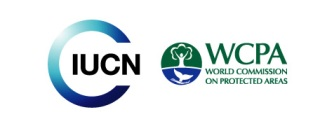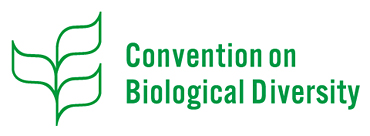Making Tourism More Sustainable: A Guide for Policy Makers
Citation
United Nations Environment Programme and World Tourism Organization. (2005). Making Tourism More Sustainable: A Guide for Policy Makers.
Download PDF
Summary
Foreword:
International tourist arrivals have almost quadrupled over the past 30 years and
domestic tourism has also intensified in most developed and newly industrialized
countries. At the same time, tourist movements have spread geographically to reach
practically all countries of the globe, becoming for many of them an important
economic sector in terms of income generation, foreign exchange earnings and
employment creation.
Awareness about sustainability issues—which referred originally to the natural environment but now also covers the social, economic and cultural spheres as well as the built environment—also developed significantly over those 30 years. Today, most governments, international development agencies, trade associations, academic institutions and non-governmental organizations acknowledge that, without sustainability, there cannot be development that generates benefits to all stakeholders, solves serious and urgent problems such as extreme poverty, and preserves the precious natural and man-made resources on which human prosperity is based.
The tourism sector could not remain indifferent to the sustainability challenge of our times. This is why the World Tourism Organization (WTO) focuses its advisory and technical assistance services on policies, development guidelines, management techniques and measurement instruments that allow national and local governments, as well as the tourism industry, to incorporate sustainability principles into their decision making process and day-to-day operations. This is why the United Nations Environment Programme (UNEP) has initiated a programme that aims at integrating environmental sustainability into decision making in the tourism industry and into consumers’ purchasing choices, by disseminating technical know-how and building business networks to catalyse ‘sustainability’ in the tourism sector.
Making Tourism More Sustainable: a Guide for Policy Makers builds on UNEP and WTO’s previous work on different aspects of sustainability, undertaken over the past ten or so years. This is the first time that the two organizations have combined their input in a joint effort to condense all aspects of the sustainability of tourism into a single publication. In addition to earlier work by WTO and UNEP, an extensive research survey was undertaken within WTO Member States, in 2003 and 2004, to identify specific policies and tools applied in their territories that had effectively contributed to making their tourism sector more sustainable. The conclusions drawn and the policies and tools recommended in this Guide are therefore based on real cases, collected from around the world, that have proven to be effective and successful in achieving the aims of sustainable development.
Development of the Guide, which provides a blueprint for governments to formulate and implement sustainable tourism policies, was one of the most important building blocks in the partnership between UNEP and WTO, also benefiting, in this case, from a Ford Foundation grant.
Each national or local government will surely need to select those policies and tools considered most suitable to its particular circumstances, and adapt them to the conditions prevailing in its country, region or local jurisdiction.
The Guide defines what sustainability means in tourism, what are the effective approaches for developing strategies and policies for more sustainable tourism, and the tools that would make the policies work on the ground. It shows clearly that there is no ‘one-fits-all’ solution to address the question of sustainability in tourism development. It does, however, highlight one key universal message: to succeed in making tourism more sustainable it is crucial to work hand in hand with all relevant stakeholders, within and outside government. Therefore—although the report is aimed mainly at governments—public authorities at all levels are encouraged to disseminate its contents to those private and non-governmental organizations that have an interest in ensuring the long-term success of the tourism sector, especially the wide range of tourism businesses and their trade associations.
The long standing partnership between the WTO and UNEP is a living example of the need for and benefits of cooperation.
Keywords
sustainable tourism, policy, cultural richness, community wellbeing, economic, biological diversity, social equity, local, instruments




